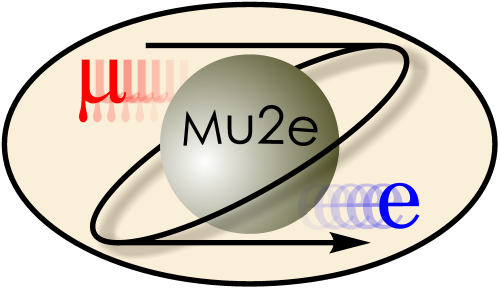

|
Source Code Repository
|
|
| |
| Working groups |
| Blessed plots and figures |
| Approving new results and publications |
| Approval web pages - new results |
| Approval web pages - new publications |
| Mu2e Acronyn Dictionary |
| Fermilab Meeting Rooms |
| Fermilab Service Desk |
| ReadyTalk : Home |
| ReadyTalk : Help |
| ReadyTalk : Toll Free Numbers |
There is a read-only interface to browse files in the repository http://cdcvs.fnal.gov/cgi-bin/public-cvs/cvsweb-public.cgi/mu2e/. This is not a fully functional code browser but it is a start.
Access to the repository, for both read and write, is restricted and is based on your Fermilab kerberos principal. To get authorization to use Mu2e's cvs, send an email, containing your kerberos principal, to kutschke@fnal.gov.
To access files in the repository you need to first get a kerberos ticket and set two enviroment variables. For csh flavor shells (csh, tcsh) the instructions are:
> setenv CVSROOT mu2ecvs@cdcvs.fnal.gov:/cvs/mu2e > setenv CVS_RSH /usr/bin/ssh > setenv CVSEDITOR /usr/bin/xemacs # For example; see below.For sh flavor shells ( sh, bash) the instructions are:
> export CVSROOT=mu2ecvs@cdcvs.fnal.gov:/cvs/mu2e > export CVS_RSH=/usr/bin/ssh > export CVSEDITOR=/usr/bin/xemacs # For example; see below.For a Mac using the ssh3a version of ssh the last line should read:
> export CVS_RSH=/usr/bin/ssh3aIn all cases the value of CVSROOT must be given exactly as shown. The example value of CVS_RSH is correct for Scientific Linux Fermi, versions 4.* and 5.*. On other machines it may be different; it should be the complete path of the name of a kerberos aware version of ssh that is compliant with Fermilab's use of kerberos.
Setting the CVSEDITOR environment variable is not necessary but most people will find it useful. This controls the editor that will be used when you are asked to supply a comment for a cvs commit operation. If you do not specify an editor then a system default, usually vi, will be chosen; if you are not familiar with vi you will then be trapped. This is discussed further in CVS Cheat Sheet section on cvs commit.
If the ssh defaults for your computer are set up correctly, the following step is not necessary. If the ssh defaults for your computer are incorrect, then you should override them for your own account by adding the following lines to your ~ssh/.config:
host cdcvs.fnal.gov ForwardX11 = no GSSAPIAuthentication yes GSSAPIDelegateCredentials yes
> cvs co Users/yourKerberosPrincipal
To create your own User cvs area:
> cvs co Users/nobody > cd Users > mkdir <yourKerberosPrincipal> > cd <yourKerberosPrincipal> > cp yourfiles . > cd .. > cvs add <yourKerberosPrincipal> > cvs commit -m "Comment about what you did." <yourKerberosPrincipal>where you should replace <yourKerberosPrincipal> with the name of your kerberos principal. A quirk of cvs is that when you cvs add a new directory there must already be at least one file in that directory; if not, cvs gets confused. See also the section on adding directories in the Mu2e CVS Cheat Sheet. There is no technical enforement that the directory name you create for yourself must match your kerberos principal but please follow that convention.
These areas are not protected. So if several people wish to collaborate on a project they can agree to set up their code base in the cvs space of one of the group.
In an earlier incarnation of this I called this cvs space "Personal" not "Users". Please use "Users" space. At some point "Personal" will go away.
|
|
|
| Security, Privacy, Legal |
|